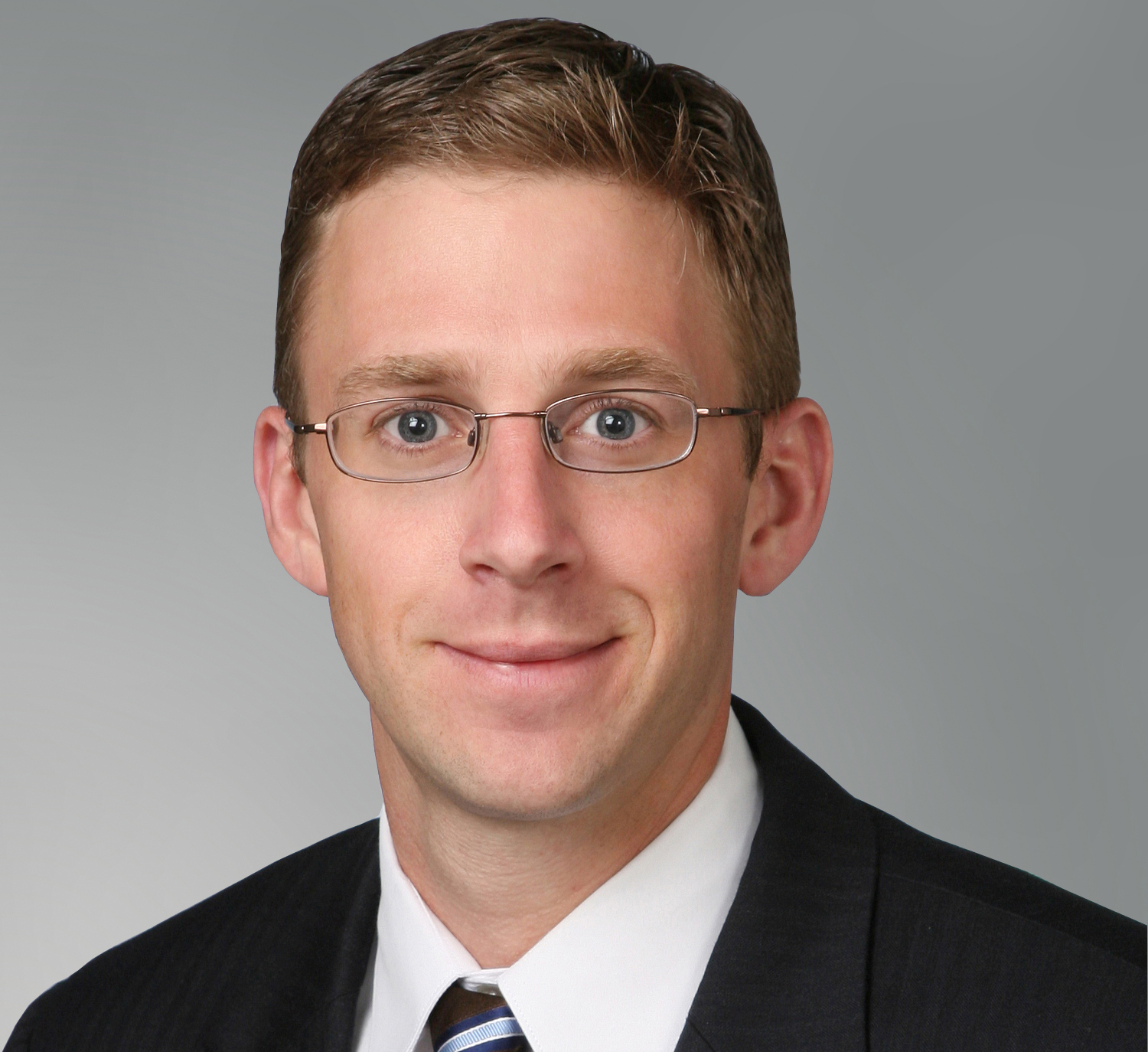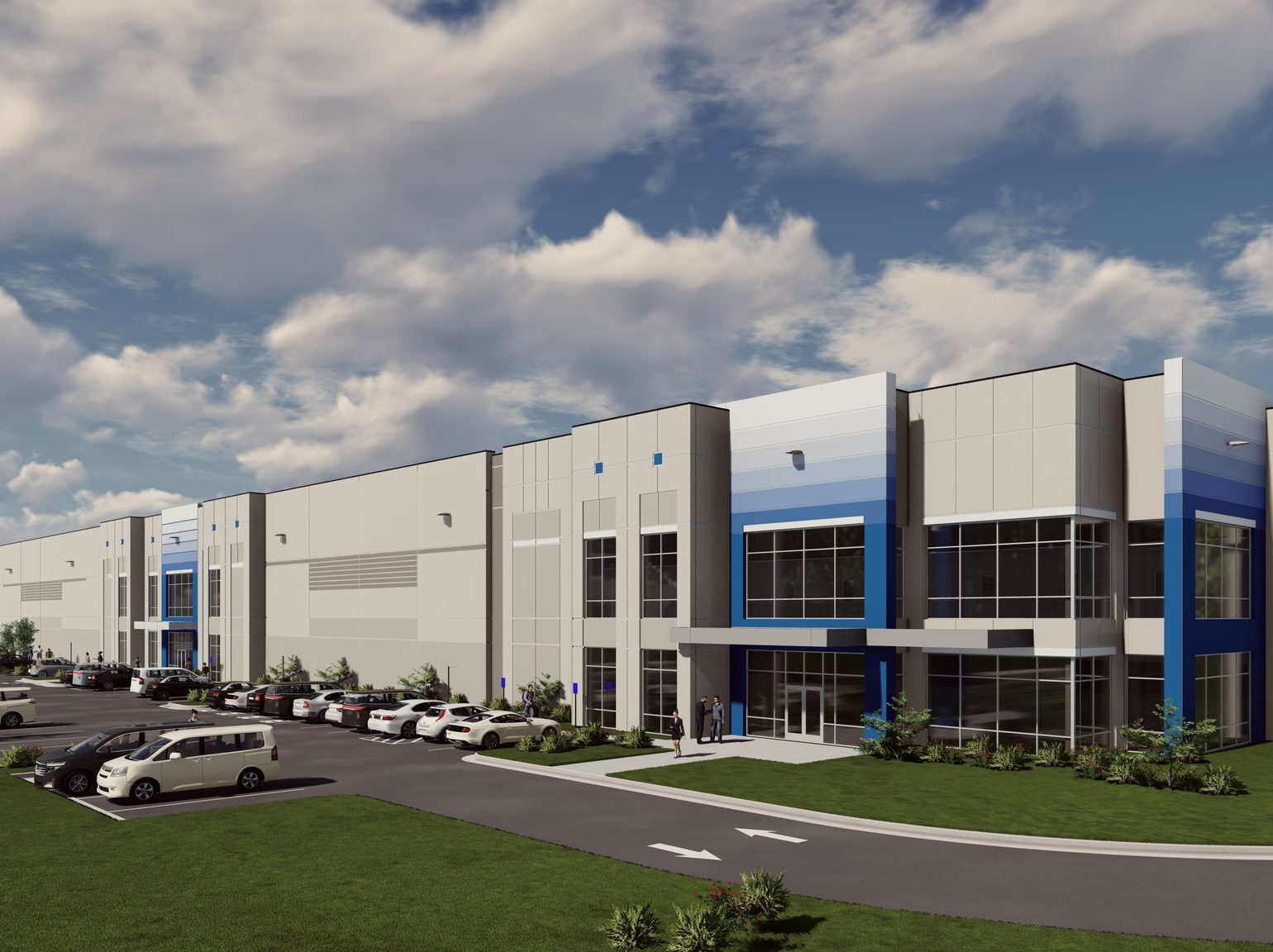Cassidy Turley: CRE Recovery a Tale of Two Markets
In a year where the U.S. economy remains “stuck in a slow growth gear,” commercial real estate recovery is uneven and there are very clear winners and losers, according to Cassidy Turley chief economist Kevin Thorpe.
In a year where the U.S. economy remains “stuck in a slow growth gear,” commercial real estate recovery is uneven and there are very clear winners and losers, according to Cassidy Turley chief economist Kevin Thorpe.
The winners are multi-family, and any sector with well-located Class A space. The losers are pretty much everything else.
“It’s very much a tale of two markets in that way,” Thorpe told Commercial Property Executive during a discussion of the Cassidy Turley U.S. Macro Forecast released this week.
Even with several CRE bright spots, the overall economic forecast is not positive and Thorpe expects businesses and consumers to continue to be on the defensive for the rest of the year, particularly as we await the outcome of the presidential election and the continuing problems in Europe.
“It’s a scared economy right now. Scared to spend. Scared to sign a big lease. Scared to do anything that has a big risk,” Thorpe said. “Until we get to 2013, risk aversion will probably be the dominant theme.”
But Thorpe notes that fear can also create opportunities.
“Fear of the worst-case scenario playing out will keep many real estate investors on the sidelines during 2012,” he said. “For the moment, a sizeable group of potential buyers have been removed, creating enormous opportunities for the bold.”
The opportunities, not surprisingly, continue to be in multi-family, which Thorpe called the strongest sector in commercial real estate.
“We’ve had eight or nine straight quarters of consistent demand outpacing supply,” he said. “Vacancy has come down pretty significantly.”
Thorpe’s report noted that apartment vacancy rates have steadily dropped from 5.6 percent in the third quarter of 2011 to 4.7 percent in 2Q 2012. He said there would be some upward pressure on rent through next year. Average rents were $1,070 in the first quarter of this year and inched up to $1,081 by the end of the second quarter. Thorpe is projecting rents to hit an average $1,083 by the third quarter, finish the year at $1,089 and start off 2013 at about $1,096.
Thorpe said the industrial and warehouse markets have been another bright spot for CRE this year.
“The industrial sector has been a big surprise in this economy,” Thorpe said. “There has been an average of 20 million square feet of warehouse absorption per quarter since mid-2011 through the second quarter of this year. Those are very good numbers that we saw pre-recession.”
Thorpe said improvements in the manufacturing, auto, technology, health and data center sectors have contributed to the demand that was much better than anyone had expected. It has also led to some new construction. New delivery of industrial product more than doubled from 3.7 million square feet of space in the first quarter to 7.1 million square feet of space in the second, according to the report. Investment sales were also strong going from $5.8 billion in the first quarter to $8.4 billion by the second.
“Other than the multi-family sector, the industrial sector has the most spec development that we’ve been seeing,” Thorpe said.
The news is not all bad for the office sector, particularly for owners of Class A office space in areas that have seen steady job growth like Houston and the San Francisco Bay area. But it is bad for lower-quality assets.
“Class B office vacancy rates still remain near recessionary highs, and Class C office product has posted only three quarters of positive demand over the past three years,” Thorpe wrote in his report.
Thorpe said the performance of Class A and lower-quality assets is even more pronounced in the retail market where Class A and downtown retail markets like San Francisco, Chicago, New York City and to some extent Washington, D.C., are doing very well and rents are rising. But travel outside those areas and you’ll find retail centers that may take years to fill the space because there so much overbuilding, particularly between 2004 and 2007, he said.








You must be logged in to post a comment.